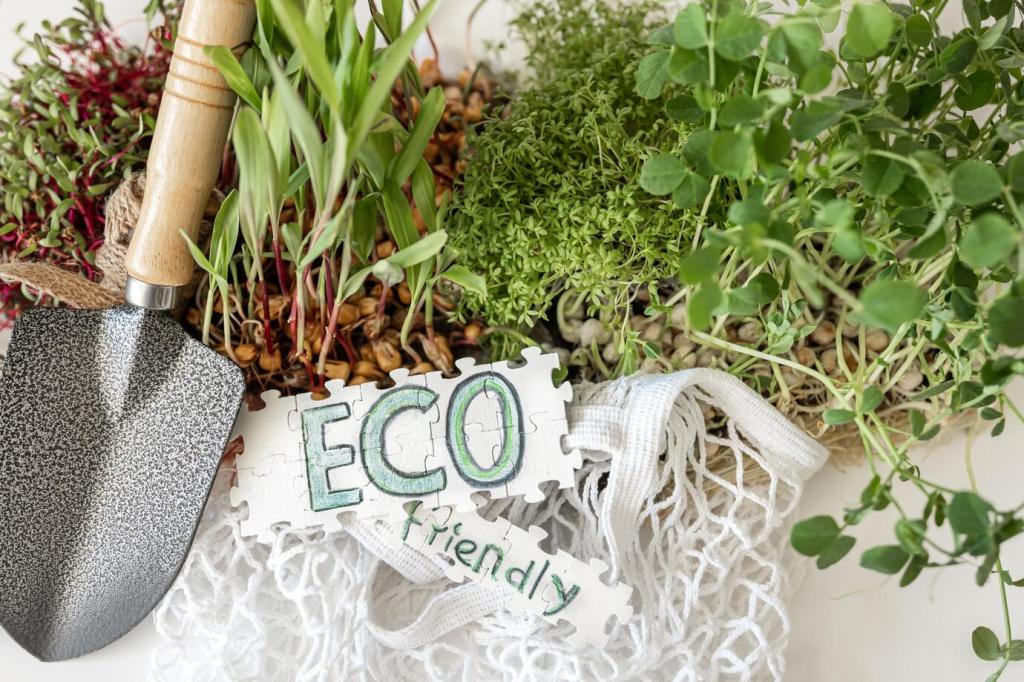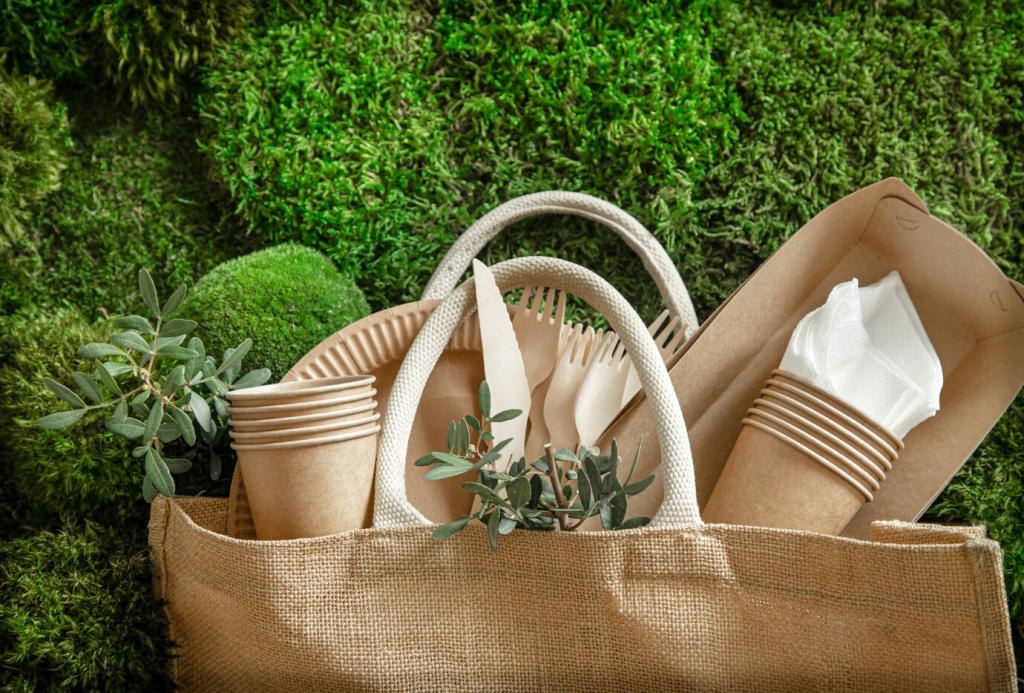Smarter Choices in the Aisles
Look past vague claims like eco-friendly. Seek specific certifications, ingredient transparency, and third-party audits. Fewer, simpler inputs usually mean easier recycling and safer production. Comment with a trustworthy label you rely on, and why it earns your confidence.
Smarter Choices in the Aisles
Choose minimal, recyclable, or refillable packaging. Concentrates, bulk bins, and returnable containers quietly cut waste week after week. Snap a photo of your best low-packaging find, and tell us how it fits your routine without adding hassle.








